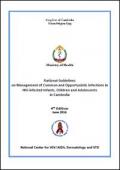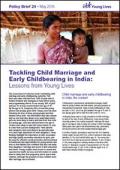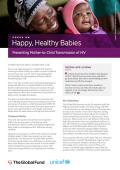Publications on Children
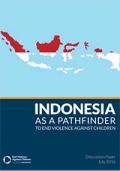
Resource | Publications,
In 2006, the United Nations Secretary-General submitted a landmark report on ending violence against children. This report set an agenda that has been taken forward by the Special Representatives of the Secretary-General on Violence against Children, and for Children and Armed Conflict, and by the Committee on the Rights of the Child.
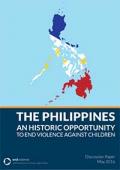
Resource | Publications,
The Global Partnership to End Violence Against Children was invited to make a technical support and learning visit to the Philippines (11-15 April 2016). Meetings were held with government and non-governmental partners with the aim of sharing and discussing experience of the Philippines and other countries in preventing and addressing violence against children.

Resource | Tools,
This Operational Framework is intended to accompany the Global Strategy and to serve as a resource for national governments and the wide diversity of stakeholders within countries whose contributions are vital to improving the health and well-being of women, children and adolescents – including civil society, the private sector and development partners.

Resource | Publications,
The Partnership for Maternal, Newborn & Child Health is fully aligned with the Every Woman Every Child (EWEC) movement and the Global Strategy for Women’s, Children’s and Adolescents’ Health. We share a vision of a world in which every woman, child and adolescent in every setting realises their rights to physical and mental health and well-being, has social and economic opportunities and is able to participate fully in shaping prosperous and sustainable societies. Collectively, we have the knowledge, the tools, and the capability to achieve this vision.

Resource | Publications,
Each year, millions of women and children die from preventable causes. These are not mere statistics. They are people with names and faces. Their suffering is unacceptable in the 21st century. We must, therefore, do more for the newborn who succumbs to infection for want of a simple injection, and for the young boy who will never reach his full potential because of malnutrition. We must do more for the teenage girl facing an unwanted pregnancy; for the married woman who has found she is infected with the HIV virus; and for the mother who faces complications in childbirth.

Resource | Fact Sheets,
To end the AIDS epidemic by 2030, specific—yet flexible—strategies are needed for different age groups, populations and geographical locations. Ending the epidemic among adolescents requires amplifying investments where they can make the most difference and fostering innovation by adolescents and youth themselves, as well as governments, international organizations, civil society and the private sector.







